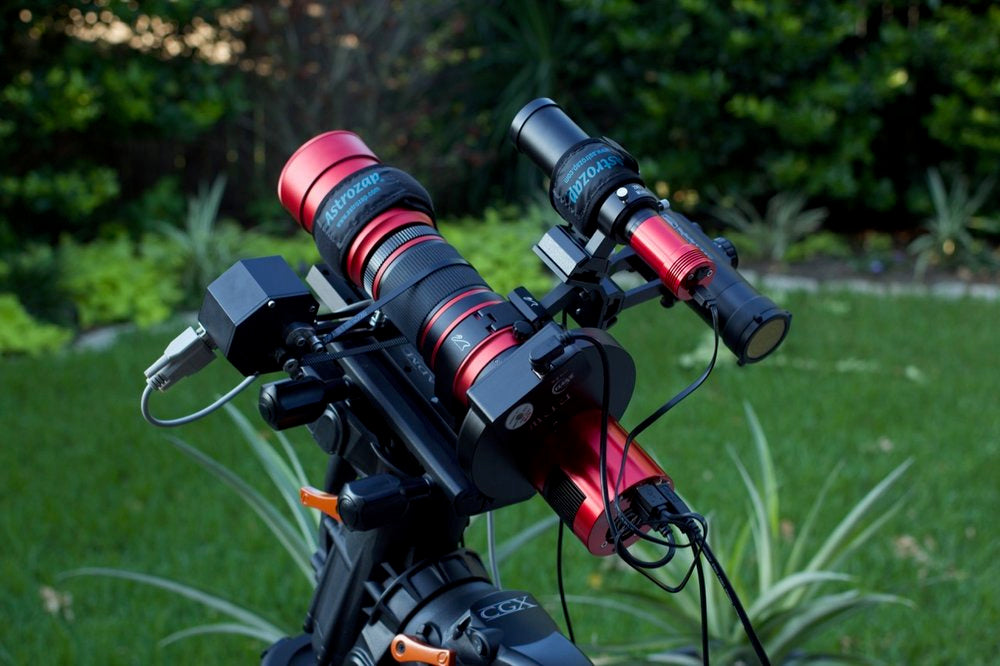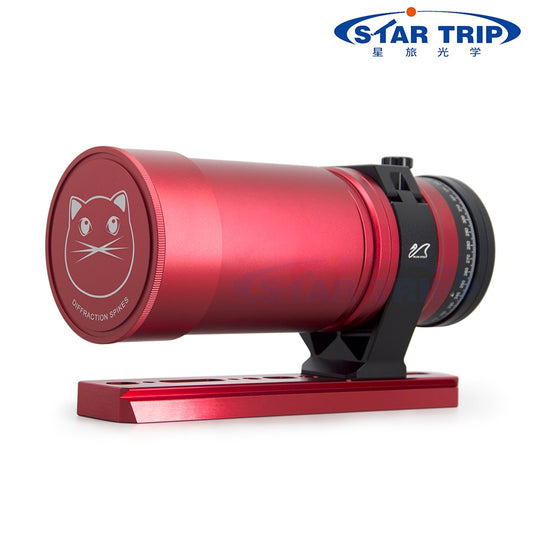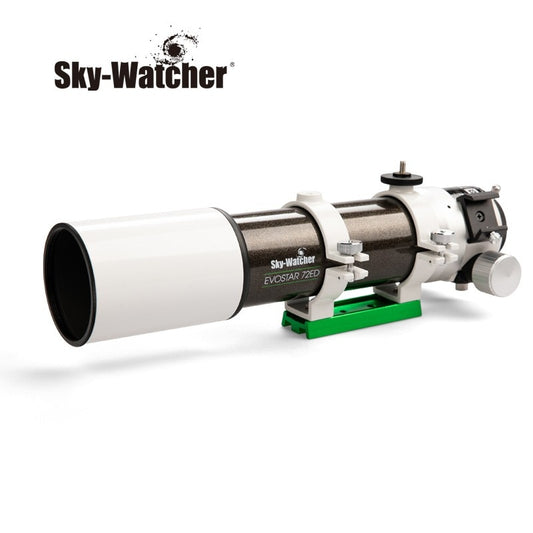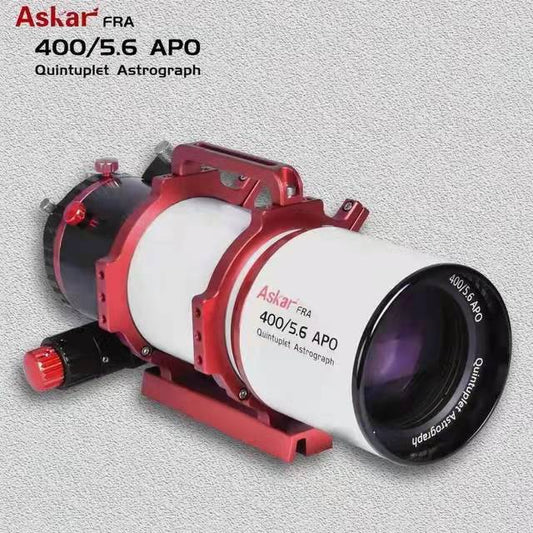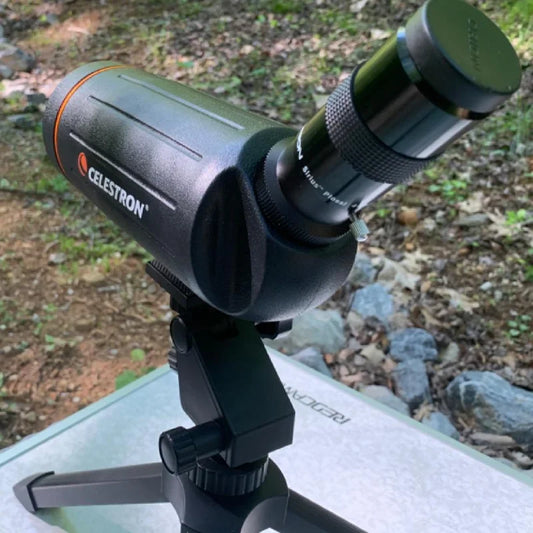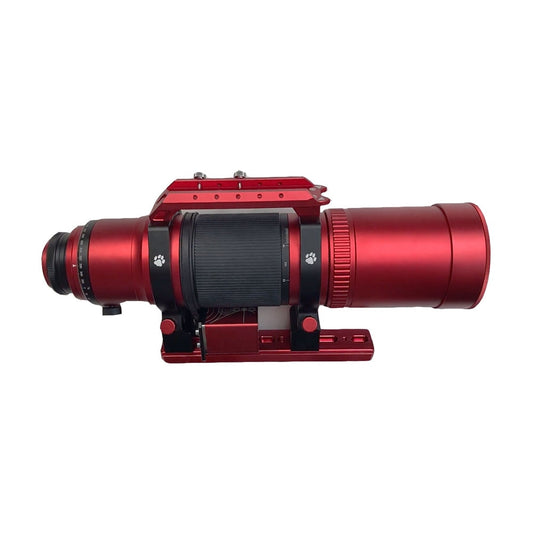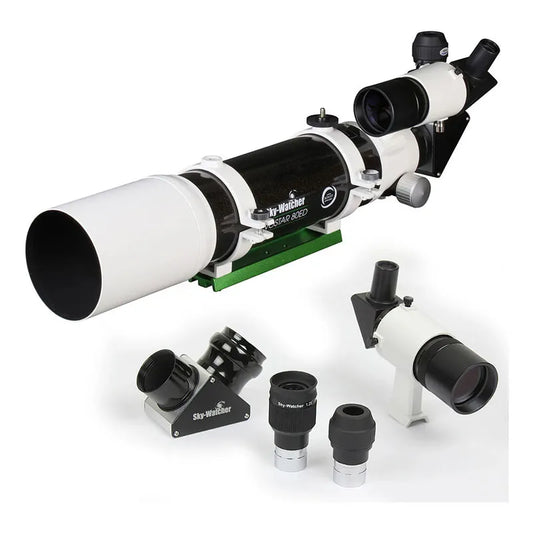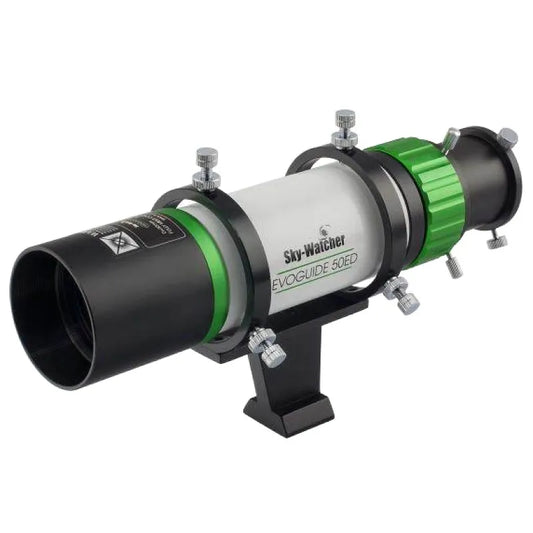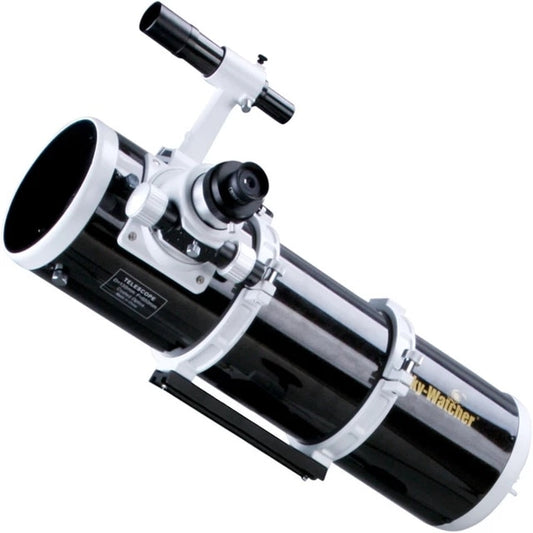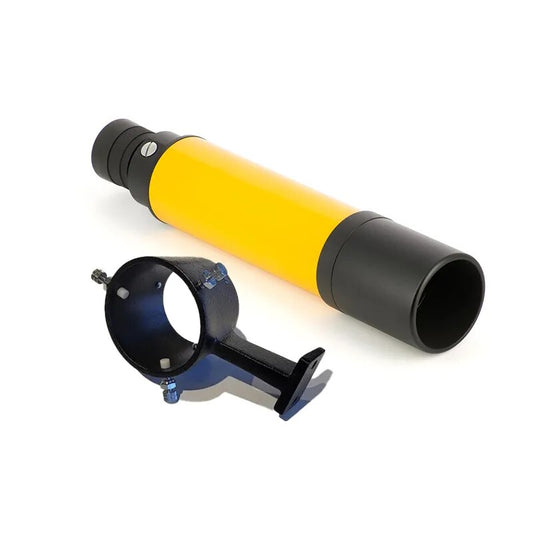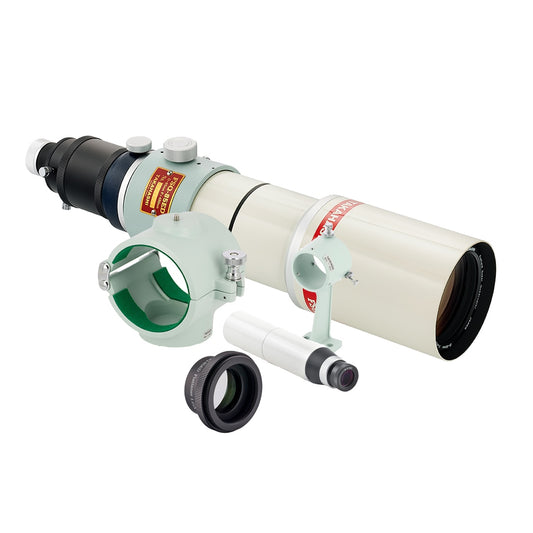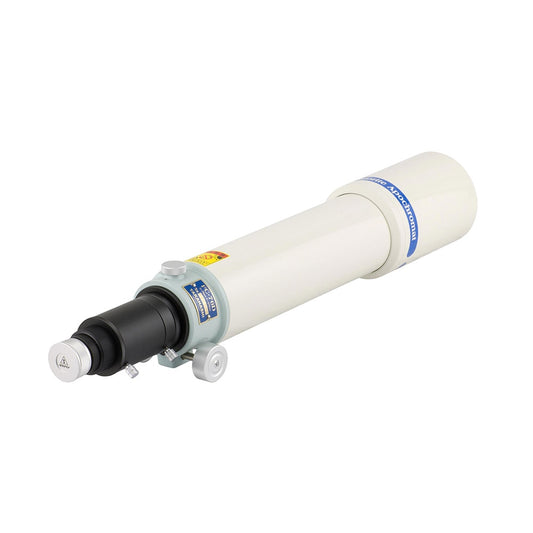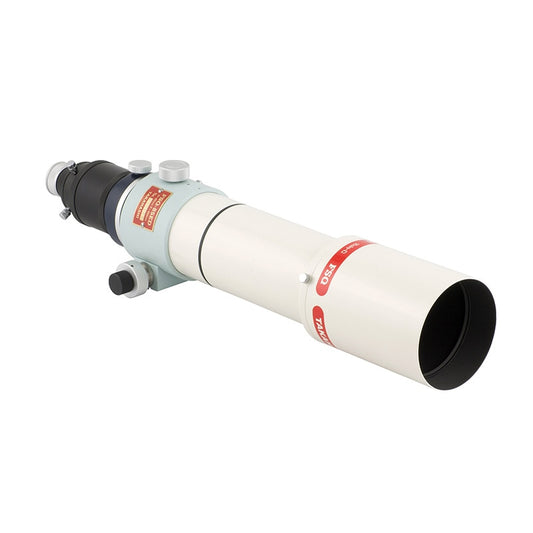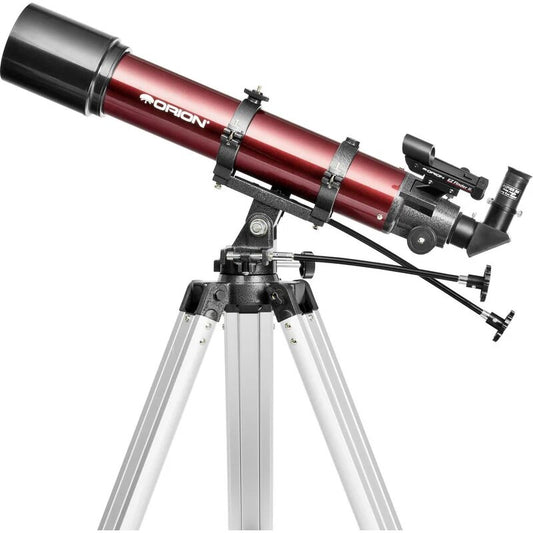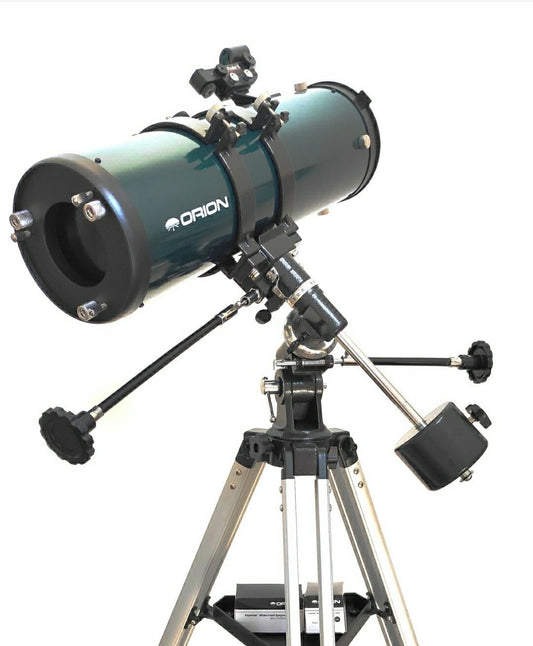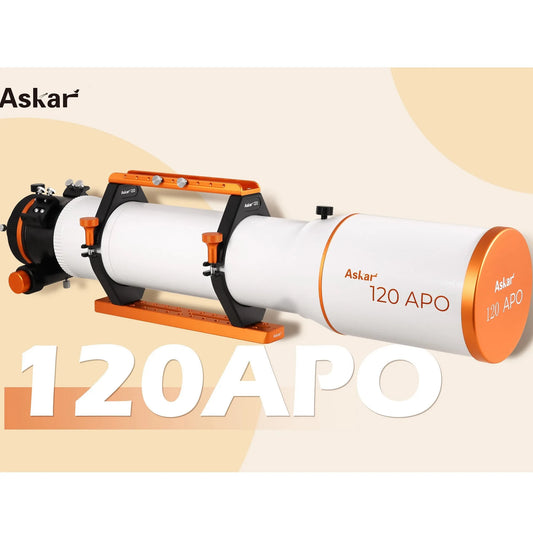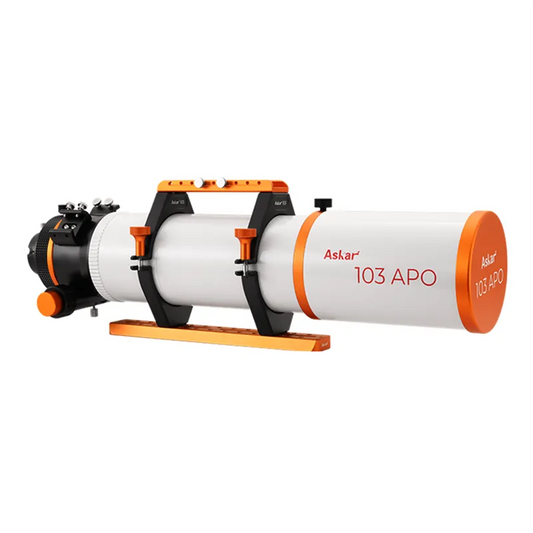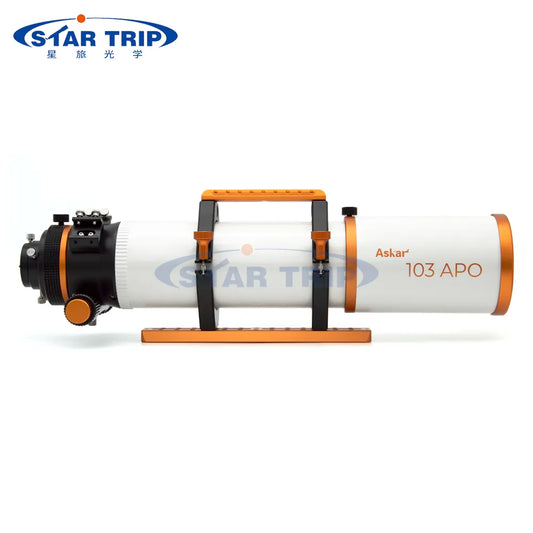Best Telescope for Astrophotography: A Comprehensive Guide
Astrophotography is a mesmerizing hobby that allows you to capture the beauty of the night sky. However, taking high-quality astrophotography images requires a good telescope that is specifically designed for this purpose. Choosing the right telescope for astrophotography can be a daunting task, as there are various factors to consider such as aperture, focal length, and mount type. In this blog post, we'll explore the best telescopes for astrophotography and provide you with the information you need to make an informed decision.
Venturing into the realm of astrophotography requires not only a passion for the celestial world but also the right equipment. Your telescope can be the gateway to the cosmos, capturing breathtaking images of distant stars, galaxies, and nebulae. Let's take a deep dive into some of the best telescopes for astrophotography from top brands such as Celestron, Sky-Watcher, William Optics, Takahashi, Sharpstar, and Askar.
The Art of Astrophotography
Astrophotography is a beautiful convergence of science and art, enabling us to immortalize the wonders of the cosmos through our lenses. From capturing detailed images of the moon and planets to the rich tapestry of deep space objects, the type of telescope you choose plays a crucial role in your astrophotography journey.
Types of Telescopes for Astrophotography
Refractor Telescopes
Refractor telescopes use lenses to focus light, producing crisp and clear images. They are generally easy to use and require minimal maintenance. Refractor telescopes are ideal for astrophotographers who want to capture images of the Moon, planets, and bright deep-sky objects such as star clusters and galaxies. They come in various sizes, ranging from small portable models to larger professional-grade telescopes.
Reflector Telescopes
Reflector telescopes use mirrors to focus light, producing bright and detailed images. They are generally more affordable than refractor telescopes of the same size and aperture. Reflector telescopes are ideal for astrophotographers who want to capture images of deep-sky objects such as nebulae, galaxies, and star clusters. They are available in various sizes, ranging from small tabletop models to large professional-grade telescopes.
Catadioptric Telescopes
Catadioptric telescopes combine lenses and mirrors to focus light, producing high-quality images. They are generally more compact and portable than other types of telescopes of the same aperture and focal length. Catadioptric telescopes are ideal for astrophotographers who want to capture images of the Moon, planets, and deep-sky objects such as nebulae and galaxies. They come in various sizes, ranging from small portable models to larger professional-grade telescopes.
Factors to Consider When Choosing a Telescope for Astrophotography
Aperture
Aperture is the diameter of the telescope's main optical component, such as the lens or mirror. It determines how much light the telescope can gather, which directly affects the image's brightness and detail. Generally, a larger aperture will result in brighter and more detailed images. However, larger aperture telescopes are often more expensive and heavier.
Focal Length
Focal length is the distance between the telescope's main optical component and the point where the image is focused. It determines the magnification of the image and how much of the sky can be captured in a single shot. A longer focal length will result in a higher magnification, while a shorter focal length will result in a wider field of view.
Mount Type
The mount is the part of the telescope that holds it in place and allows it to be moved in different directions. There are two main types of mounts: equatorial and altazimuth. Equatorial mounts are ideal for astrophotography because they can track the motion of celestial objects accurately. Altazimuth mounts are generally more affordable but are less suitable for astrophotography as they do not track the motion of celestial objects precisely.
Best Telescopes for Astrophotography
William Optics RedCat 51
The RedCat 51, sibling to the RedCat 71, offers a 51mm aperture and a 250mm focal length. This Petzval APO refractor is designed for portability and provides a wide, flat field of view.

Pros
- Compact and portable
- Excellent for wide-field astrophotography
- Great image quality
Cons
- Small aperture compared to other models
- Field flattener sold separately
William Optics RedCat 71
The RedCat 71, a larger version of the popular RedCat series, offers a 71mm aperture and a 350mm focal length. This Petzval APO refractor telescope provides a flat field of view, ideal for wide-field astrophotography.
Pros
- Wide and flat field of view
- Compact and lightweight
- Excellent build quality
Cons
- Requires a field flattener for best performance
- No dedicated mount included
Celestron EdgeHD 800
Celestron EdgeHD 800 is an 8-inch aperture Schmidt-Cassegrain telescope featuring Celestron's premium StarBright XLT coatings. The scope offers a 2032mm focal length and has a unique optical design that provides aberration-free images across a wide visual and photographic field of view.
Pros
- Excellent image quality across the full field of view
- Versatile, suitable for different types of astrophotography
- Comes with a sturdy mount
Cons
- Heavy and less portable
- Requires a power supply for tracking
Sky-Watcher Quattro 8-CF
The Sky-Watcher Quattro 8-CF is an 8-inch f/4 dual-speed Parabolic Imaging Newtonian Reflector. It features a large 200mm aperture and a short 800mm focal length, offering bright, wide-field views ideal for deep space imaging.
Pros
- Large aperture and wide field of view
- Dual-speed focuser for precise focusing
- Carbon fiber tube for durability
Cons
- Requires collimation for best results
- May need additional coma corrector for astrophotography
William Optics Zenithstar 73 APO
This apochromatic refractor from William Optics features a 73mm aperture and a 430mm focal length, making it a compact and versatile option for astrophotography. Its fully multi-coated optics ensure sharp, clear images.
Pros
- Portable and lightweight design
- High-quality imaging performance
- Comes with a guiding handle
Cons
- Field flattener not included
- Does not come with a mount
Takahashi Epsilon-130D
The Takahashi Epsilon-130D is a hyperbolic astrograph reflecting telescope, with a 130mm aperture and a 430mm focal length. This telescope delivers incredibly sharp images and is especially suited for wide-field astrophotography.
Pros
- Delivers sharp, contrast-rich images
- Wide-field view
- Sturdy construction
Cons
- Relatively high price
- Requires precise collimation
SharpStar 15028HNT
The SharpStar 15028HNT is a Hyperboloid Newtonian reflector with a large 150mm aperture and a short 420mm focal length. This telescope is optimized for astrophotography, providing excellent illumination across the entire field of view.
Pros
- Large aperture for light gathering
- Excellent for astrophotography with a wide field of view
- High-quality build
Cons
- Heavy and less portable
- Requires regular collimation
Askar FRA400
The Askar FRA400 is a 72mm quadruplet APO refractor with a 400mm focal length. It offers a wide and flat field of view, excellent color correction, and is particularly suitable for deep-sky and wide-field astrophotography.

Pros
- Excellent for wide-field astrophotography
- Great color correction
- Compact and portable
Cons
- A dedicated mount is not included
- Not ideal for planetary imaging due to short focal length
Celestron Advanced VX 6" Refractor
The Celestron Advanced VX 6" Refractor is a solid choice for astrophotography, with a 150mm aperture and a 1200mm focal length. This telescope is equipped with a parabolic primary mirror and a secondary mirror for excellent light gathering capability and clear, bright images.
Pros
- Versatile, suitable for both planetary and deep-sky imaging
- Equipped with a computerized German equatorial mount
- StarBright XLT optical coatings for enhanced light gathering
Cons
- Requires a power supply for the mount
- Some users might find it heavy and not so portable
Sky-Watcher ProED 120mm Doublet APO Refractor
The Sky-Watcher ProED 120mm Doublet APO Refractor offers a 120mm aperture and a 900mm focal length. The telescope features Extra-Low Dispersion (ED) glass for impressive resolution and color correction.
Pros
- Excellent color correction and clarity
- Good light gathering capability with a large aperture
- Comes with an aluminum carry case
Cons
- Does not come with a mount
- Requires a field flattener for wide-field astrophotography
William Optics GT81 IV
The William Optics GT81 IV is a triplet apochromatic refractor with an 81mm aperture and a 478mm focal length. It features a three-element optical design that virtually eliminates chromatic aberrations and produces high-contrast images.
Pros
- Exceptional image quality with low chromatic aberration
- Compact and lightweight design
- Comes with a precision 10:1 dual-speed focuser
Cons
- Dedicated flattener needed for wide-field imaging
- Does not include a mount
Askar ACL200
The Askar ACL200 is a 200mm F/4 triplet APO lens with a 800mm focal length. It is designed as a telephoto lens and an astrograph, making it highly versatile for astrophotography.
Pros
- Excellent for both deep-sky and wide-field astrophotography
- Compact and lightweight
- Great color correction
Cons
- Does not come with a mount
- Might need additional accessories for best performance
SharpStar 76EDPH Triplet
The SharpStar 76EDPH is a triplet APO refractor with a 76mm aperture and a 342mm focal length. It has a dual-speed, 2.5-inch rack-and-pinion focuser and is well suited for wide-field astrophotography.
Pros
- Excellent for wide-field astrophotography
- Portable and lightweight
- High-quality triplet APO design
Cons
- Field flattener not included
- No dedicated mount included
Our Best Choice
In the world of astrophotography, different telescopes serve different purposes and the "best" telescope varies based on your needs and expertise level. That said, the William Optics RedCat 51 f/4.9 stands out as a particularly exceptional option, especially for those at the beginning of their astrophotography journey.

The William Optics RedCat 51 f/4.9 shines due to its combination of unique design, lightweight build, and user-friendly features. With a short focal length and a fast f/4.9 lens, this telescope provides a wide field of view that is excellent for capturing large celestial objects such as nebulae and galaxies, including the beautiful Andromeda galaxy.
For beginners, handling a telescope can seem daunting, but the RedCat 51 f/4.9's lightweight and compact design makes it easy to set up, use, and even travel with. This means you can effortlessly take your telescope to different locations, exploring various celestial sights under different skies.
Furthermore, this telescope is an Apochromatic (APO) refractor, known for its superior ability to bring all colors of light to the same focal plane, resulting in crisp, high-contrast images without any color fringing. This feature is particularly valuable in astrophotography, where capturing precise details and accurate colors of distant celestial objects is crucial.
Lastly, the RedCat 51 f/4.9 is well-known for its high-quality Petzval lens design, which ensures a flat field across the entire image, eliminating the need for additional corrective optics. This makes it an even more convenient and cost-effective choice for beginners.

In summary, the William Optics RedCat 51 f/4.9 is a standout telescope for astrophotography beginners due to its user-friendly design, superior optical performance, and wide field of view that beautifully captures large celestial objects. Whether you're gazing at a nebula or marveling at the vastness of the Andromeda galaxy, this telescope will not disappoint.
Conclusion
Astrophotography is a journey of exploration and discovery. The right telescope can be your constant companion on this journey, enabling you to capture and share the beauty of the universe. Whether you're a beginner or a seasoned stargazer, these telescopes from renowned brands offer a range of options to cater to your specific needs and preferences. May your celestial journey be filled with stunning sights and discoveries.
More Astrophotography Topics:
- Astrophotography Equipment for Beginners
- Astrophotography for Beginners
- Best Camera for Astrophotography
- Best Telescope for Deep Space Astrophotography
- What Equipment Do I Need for Astrophotography
- Astrophotography Camera Settings
- Astrophotography Image Processing
- Night Sky Astrophotography Tips
- Milky Way Astrophotography Tips
- Beginner Deep Sky Astrophotography Targets
- Astrophotography Setup for Beginners
- Astrophotography Tips for Beginners
- Astrophotography for Dummies
- Astrophotography Image Editing Software
- Astrophotography Focusing Techniques
- Best Astrophotography Star Tracking Mount
- Best Beginner Astrophotography Targets
- Best Image Stacking Software for Astrophotography
- Best Narrowband Astrophotography Targets
- Astrophotography Targets by Month
- Good Widefield Astrophotography Targets
- GIMP Astrophotography Plugins
- Flat Frames Astrophotography
- Bias Frames Astrophotography
- Dark Frames Astrophotography
- Calibration Frames Astrophotography
- Dithering Astrophotography
- What is Astrophotography
- Starnet Astrophotography
- Star Tracker Astrophotography
- Best Astrophotography Books
- Astrophotography Setups Under $2000
- Best Phone Tripod for Astrophotography
- Best ISO for Long Exposure Astrophotography
- Removing Brown Tones Astrophotography Images
- Best Focal Length for Deep Space Astrophotography
- Best Guide Scope for Astrophotography
- Do I Need a Guide Scope for Astrophotography
- Astrophotography Targets by Focal Length
- Astrophotography Binning
- Astrophotography Exposure Time
- Bortle Scale
- Tripod Position

